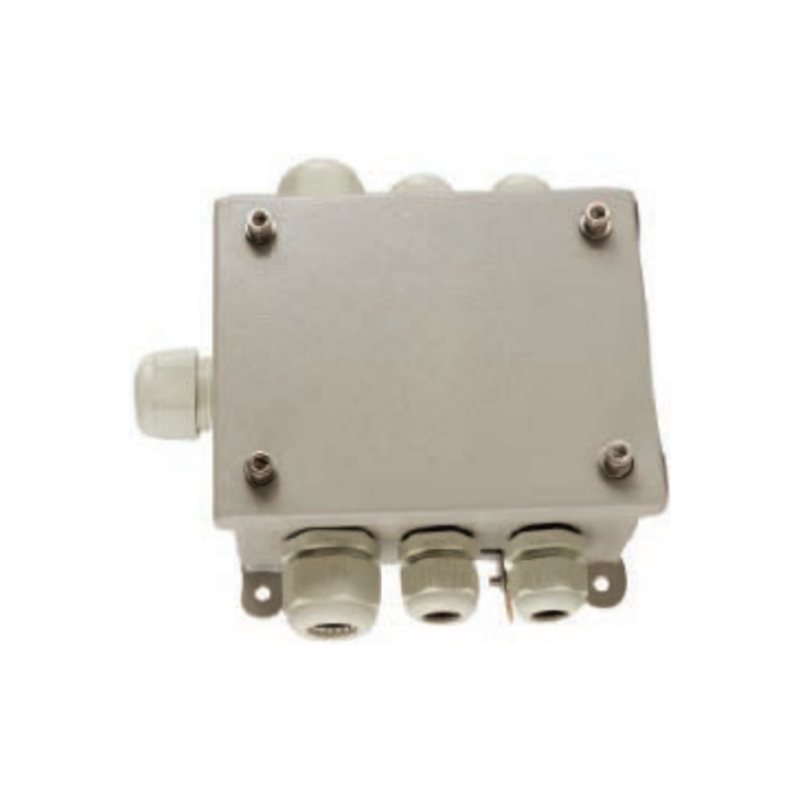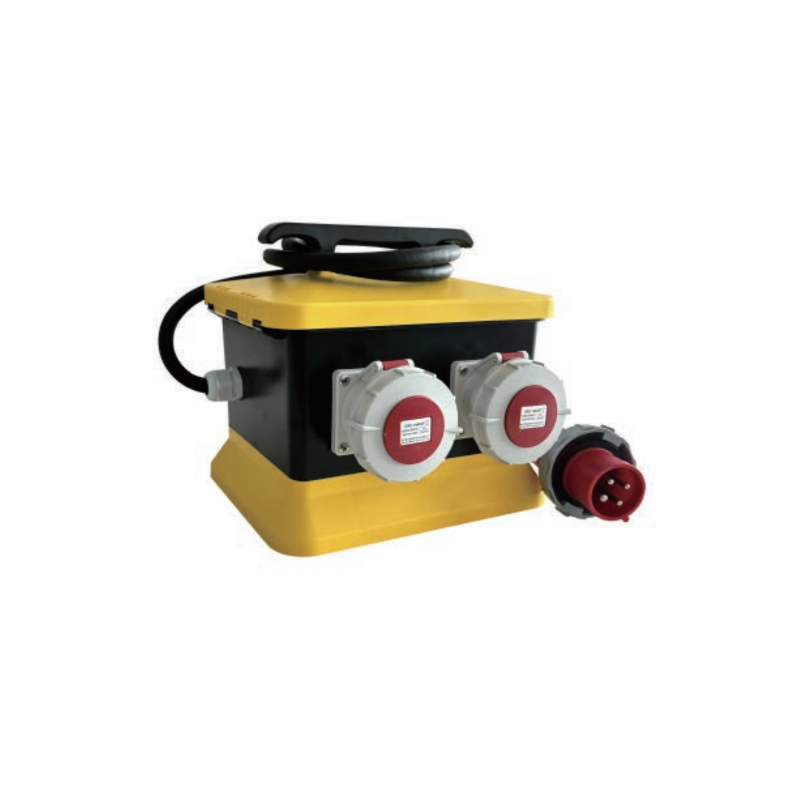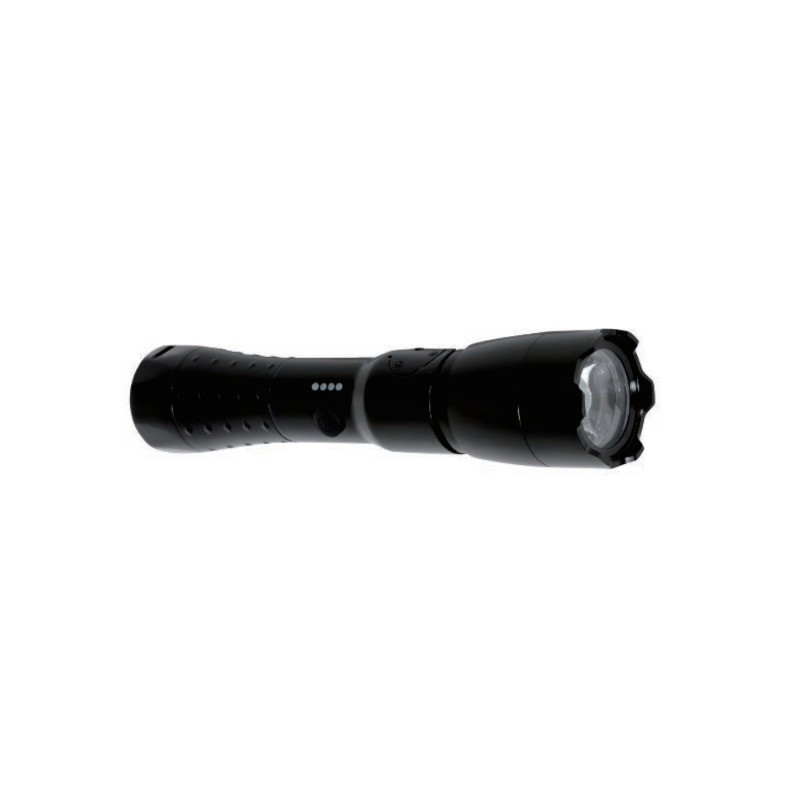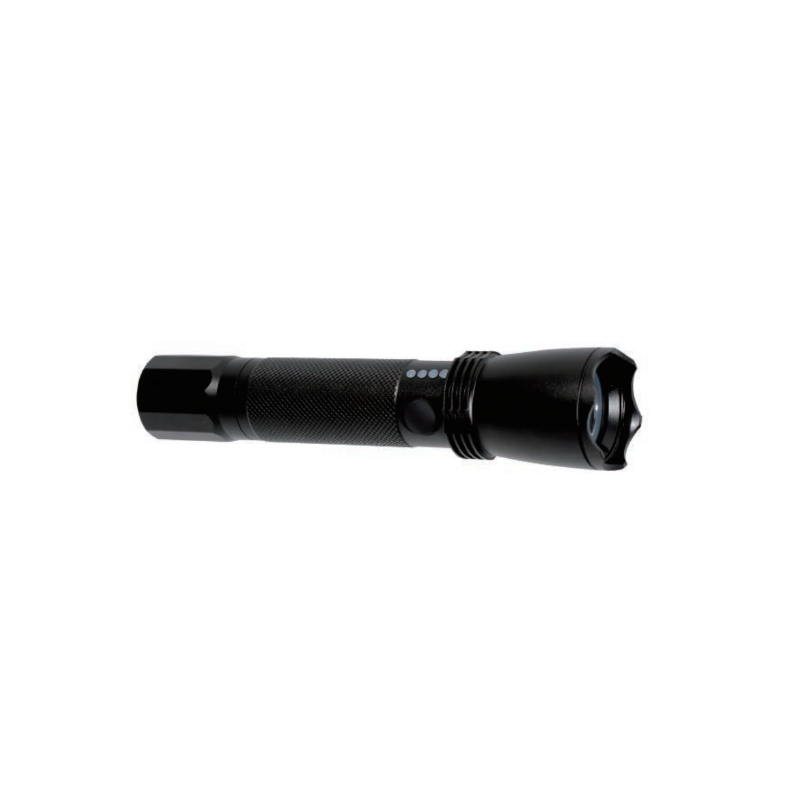The importance of marine explosion-proof lighting lies in its ability to ensure the safe use of ships in flammable and explosive environments. Since ships, especially oil tankers and chemical tankers, carry flammable and explosive substances during transportation, the lighting equipment used in these areas must be able to prevent explosions that may be caused by electrical sparks or high temperatures. Explosion-proof lighting equipment is designed to comply with strict safety standards and can work stably under extreme conditions, such as preventing corrosion, vibration, moisture, etc., ensuring the safety of ships and their crews.
In addition, marine explosion-proof lighting also helps improve work efficiency and comfort inside the ship. While meeting safety requirements, high-quality lighting can improve the working environment, reduce the risk of accidents, and ensure smooth ship operations. Therefore, choosing suitable marine explosion-proof lighting is not only a necessary condition for complying with safety regulations, but also an important measure to improve ship operation efficiency and protect the safety of ships and personnel.
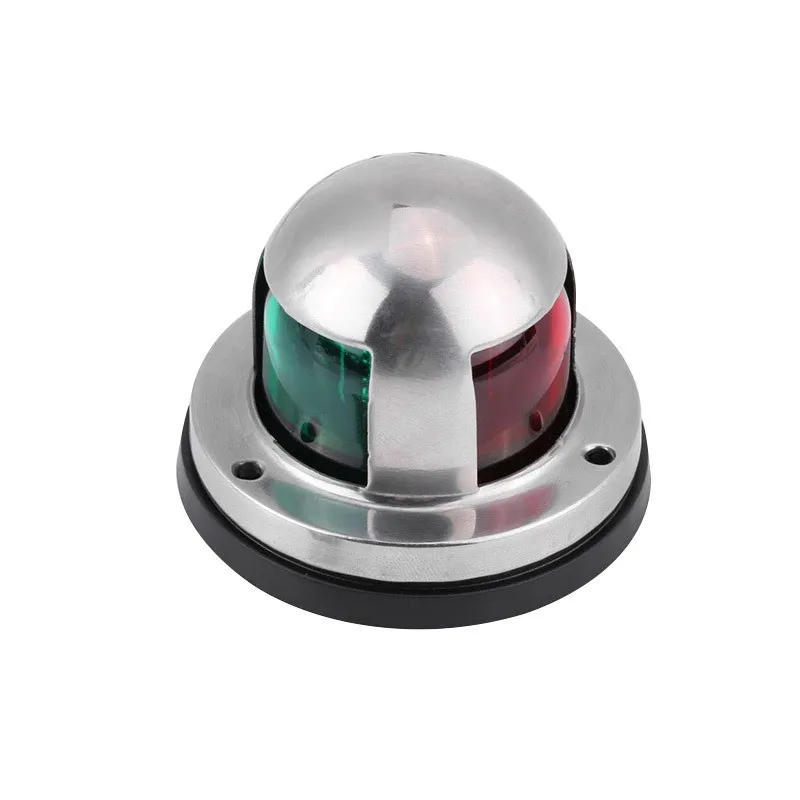
Basic concepts of explosion-proof lighting
Explosion-proof lighting is a specially designed lighting equipment designed to be used safely in flammable and explosive environments, such as petroleum refineries, chemical plants, mines, specific areas of ships, etc. There are flammable gases, steam, dust or fibers in these environments, which may mix with air under certain conditions to form explosive mixtures. Explosion-proof lighting is specially designed to ensure that even if an internal failure occurs or under extreme conditions, it will not trigger an explosion in the external environment.
Working principle
The working principle of explosion-proof lighting is based on isolating or limiting possible sparks or high-temperature components, preventing them from coming into contact with the external flammable environment.This is usually achieved by:
- Explosion-proof design: Components inside the equipment that may generate sparks or high temperatures are wrapped in a solid shell that can withstand the internal explosion pressure and does not transmit the explosion to the external environment.
- Increased safety design: Reduce the possibility of internal sparks or high temperatures by enhancing safety measures (such as thickening the casing, using safety isolation circuits, etc.).
- Intrinsically safe design: Ensure that the energy (electrical, thermal energy, etc.) of the equipment is lower than the minimum energy required to ignite surrounding combustibles, thereby essentially avoiding conditions that could cause an explosion.
Types
Explosion-proof lighting equipment includes but is not limited to the following types:
- LED explosion-proof lamps: Explosion-proof lamps that use LED as the light source have the advantages of high efficiency, energy saving, long life, and low maintenance costs.
- Explosion-proof fluorescent lamps: Use fluorescent tubes as light sources and are suitable for places that require long-term continuous lighting.
- Explosion-proof floodlight: Provides a wide range of high-intensity lighting, suitable for large-area work areas.
Selection criteria
When purchasing explosion-proof lighting, you need to consider the following factors:
- Explosion-proof level: Choose the appropriate explosion-proof level according to the hazard level of the surrounding environment.
- Protection level: Consider the dustproof and waterproof level of the device to ensure durability in specific environments.
- Light efficiency and energy efficiency: Efficient light sources can reduce energy consumption and reduce operating costs.
- Environmental adaptability: The environmental conditions that the equipment needs to adapt to, such as temperature, humidity, chemical corrosion, etc.
Special requirements for marine explosion-proof lighting
Due to its special application environment, namely maritime transportation, marine explosion-proof lighting needs to meet some special requirements to ensure safe, stable and efficient operation. These special requirements mainly include:
- High anti-corrosion performance: Ships often face corrosion problems from seawater, especially salt and humidity, which place high demands on the materials and design of lighting equipment. Marine explosion-proof lighting requires the use of corrosion-resistant materials, such as stainless steel or special anti-corrosion coatings, to ensure long-term stability and durability in harsh marine environments.
- High protection level: In addition to explosion-proof requirements, marine lighting also needs to have high-level waterproof and dust-proof capabilities, and generally requires a high IP level to adapt to sea waves and severe weather conditions.
- Vibration resistance: Ships will encounter various vibrations during navigation. Therefore, explosion-proof lighting equipment must be designed with good anti-vibration performance to prevent damage or light flickering caused by vibration.
- Energy saving and efficient: Considering that the energy supply of ships is relatively limited, marine explosion-proof lighting should use energy-saving and efficient light sources, such as LEDs, to both reduce energy consumption and ensure good lighting effects.
- Easy to maintain: At sea far away from land, maintenance resources are limited, so marine explosion-proof lighting needs to be designed to be easy to maintain, such as convenient light source replacement and repair, to reduce maintenance costs and time.
- Comply with international standards and norms: It is necessary to comply with the International Maritime Organization (IMO) and other relevant maritime safety standards and regulations to ensure widespread recognition and applicability of ships in international waters.
- Light color and visual comfort: Considering the visual comfort and work efficiency of the crew, marine explosion-proof lighting should also provide suitable light color temperature and good color reproduction to reduce visual fatigue and improve safety.
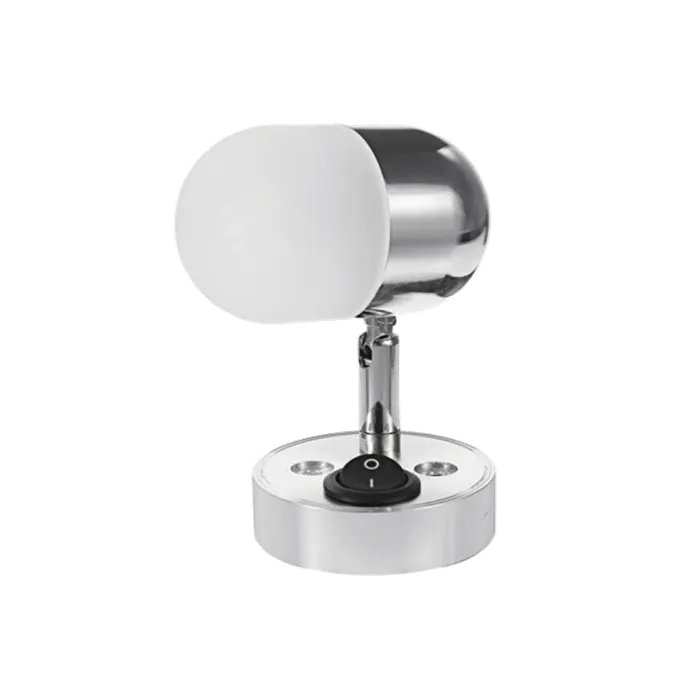
A guide to purchasing marine explosion-proof lighting
When purchasing marine explosion-proof lighting, you need to comprehensively consider the specific environment and operating conditions of the ship to ensure that the lighting equipment you choose is both safe and efficient. Here are some key guidelines and performance metrics to help you make the right choice:
How to choose suitable explosion-proof lighting according to different ship environments
- Identify the hazard level of the environment:
Determine which explosive gas environment (such as Zone 0, 1 or 2) or explosive dust environment (such as Zone 20, 21 or 22) belongs to a specific area of the ship. This will directly affect the explosion-proof level of the required explosion-proof lighting. - Consider environmental factors:
Maritime conditions require explosion-proof lighting to have a high degree of corrosion resistance and waterproof performance. Depending on the sea area where the ship operates (such as tropical seas or frozen areas), choose lighting equipment that can adapt to the corresponding environmental conditions. - Area-specific application requirements:
Different ship areas (such as cargo holds, engine rooms, decks) have different lighting needs. For example, the cargo bay may need to provide even, wide-area lighting, while the cabin may need stronger light and greater durability.
Important performance indicators
- Explosion-proof level:
Choose an explosion protection rating that matches the hazard level of your specific area. For example, the Ex mark in ATEX or IECEx certification ensures that lighting equipment meets the most stringent safety requirements. - Anti-corrosion ability:
Lighting equipment should be resistant to corrosion by seawater and other corrosive substances. Materials (such as stainless steel, aluminum alloy) and surface treatments (such as electroplating, spraying) are key factors that determine corrosion resistance. - Light efficiency and energy consumption:
Lighting equipment with high luminous efficiency (measured in lumens per watt (lm/W)) can provide sufficient brightness at low energy consumption, and energy-saving LED lights are preferred. - Light color and color rendering index (CRI):
Choose the appropriate light color temperature (such as warm white light, neutral white light or cool white light) to adapt to different visual needs. A higher CRI (e.g. >80) helps improve the true representation of colors and is especially important for precision work. - Protection level:
The IP rating indicates the device’s ability to resist dust and water. For marine environments, IP66 or higher protection levels are usually recommended to ensure that the equipment can work stably in harsh environments.
Installation and maintenance
Installing and maintaining marine explosion-proof lighting is key to ensuring ship safety and long-term stable operation of lighting equipment. Below are proper installation methods, common faults and how to troubleshoot them, and best practices for maintenance and upkeep.
Correct installation method of marine explosion-proof lighting
- Read and Follow Manufacturer’s Guidelines: Always follow the installation guidelines provided by the equipment manufacturer to ensure proper installation and compliance with safety standards.
- Choose the appropriate installation location: According to the use and environment of explosion-proof lighting, choose the most suitable installation location to avoid direct exposure to extreme weather or seawater splash areas.
- Ensure appropriate explosion-proof connections: Use suitable explosion-proof junction boxes and cables to ensure that all connections comply with explosion-proof standards.
- Anti-corrosion treatment: During installation, all metal parts should be anti-corrosion treatment, especially at possible corrosion points such as screws and mounting brackets.
- Check seals and protective measures: Make sure all seals and protective covers are installed correctly to prevent moisture and dust from entering.
Common faults and their troubleshooting methods
- The lamp does not light up:
● Check that the power is on and that the cables and connections are intact.
● Check if the bulb or LED driver needs to be replaced. - The lamp flashes:
● Check for loose cable connections.
● Confirm the stability of the power supply. Flickering may be caused by unstable voltage. - Lamp overheating:
● Make sure there is enough space for the lamp to dissipate heat.
● Check whether the maximum load of the luminaire has been exceeded.
Best Practices for Maintenance and Care
- Regular inspections: Perform regular visual inspections of explosion-proof lighting equipment, including checking the integrity of housings, cables and connections.
- Clean lamps: Clean the lamp casing regularly to remove sea salt, dust and other accumulations to prevent corrosion and ensure light efficiency.
- Check the sealing: Check the sealing ring of the lamp regularly to make sure it is not damaged to prevent the entry of water, gas and dust.
- Preventive replacement of parts: For consumables such as light bulbs and LED drivers, it is recommended to perform preventive replacement before the end of their life to avoid sudden failures.
- Record maintenance history: Establish and maintain a maintenance and upkeep record of equipment, including replacement parts, troubleshooting, etc., in order to track equipment status and predict future maintenance needs.
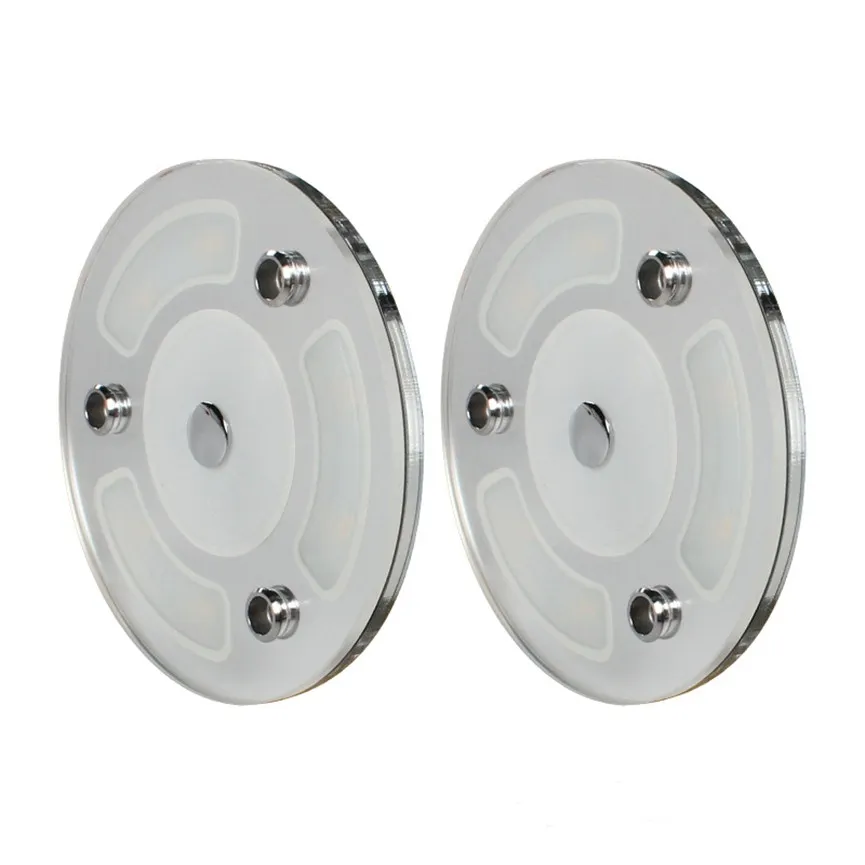
Conclusion
In summary, marine explosion-proof lighting plays a key role in ensuring the safe operation of ships and improving work efficiency. Choosing appropriate explosion-proof lighting equipment requires consideration of the ship’s specific environment, application fields, and relevant international standards and regulations. Correct methods must be followed during installation and ensure that all protective measures are properly implemented. In order to ensure the long-term stable operation of explosion-proof lighting, regular maintenance and upkeep is indispensable. This includes regular visual inspections, cleaning of luminaires, checking for tightness, and preventive replacement of consumable parts.
By understanding and implementing the above guidelines and best practices, ship managers and operators can ensure the safety, reliability and efficiency of their explosion-proof lighting systems, thereby providing a safe and efficient working environment for the ship and its crew. As technology advances, continually updating and optimizing these practices to adapt to new challenges and standards will help further improve the safety and efficiency of ship operations.


